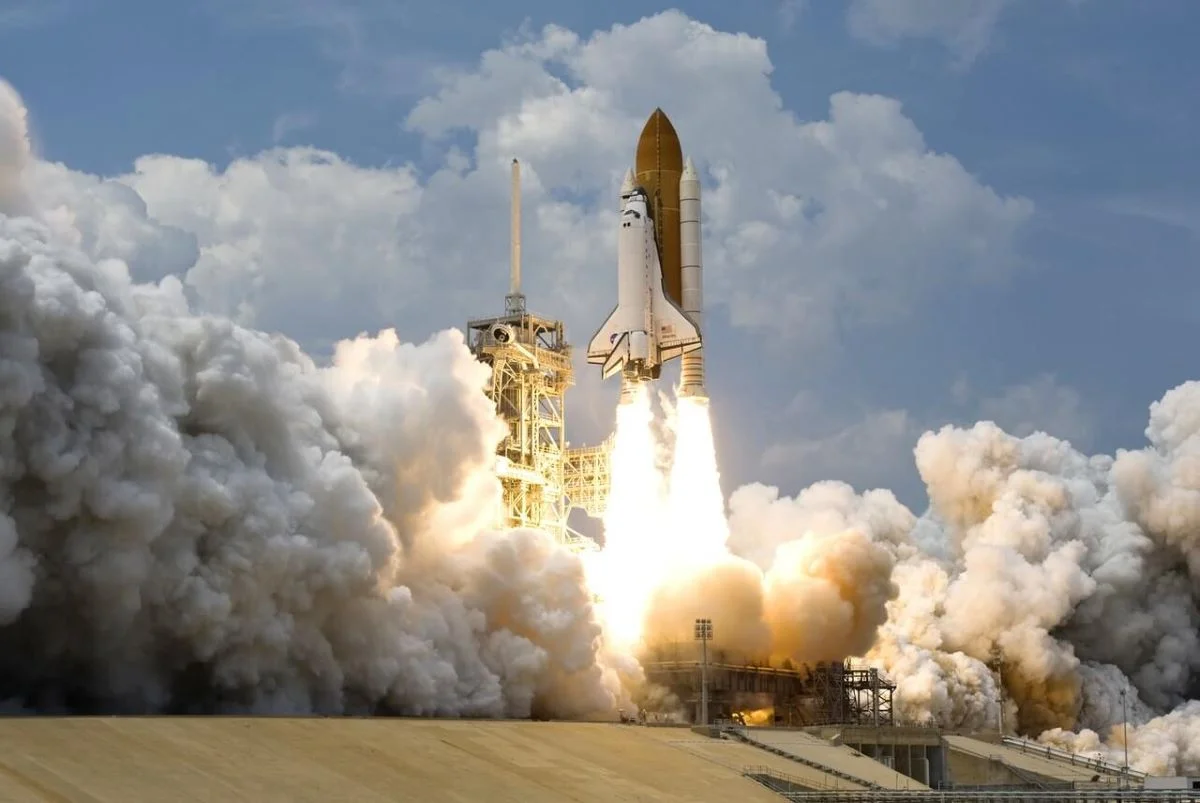A lot of news about space travel has been surfacing over the past couple of weeks so, with the recent launch and success of SpaceX, this is finally the perfect time to make an article outlining the future of space travel, where mankind has been added, and where are we headed.
When reading this article, try to put everything into context.
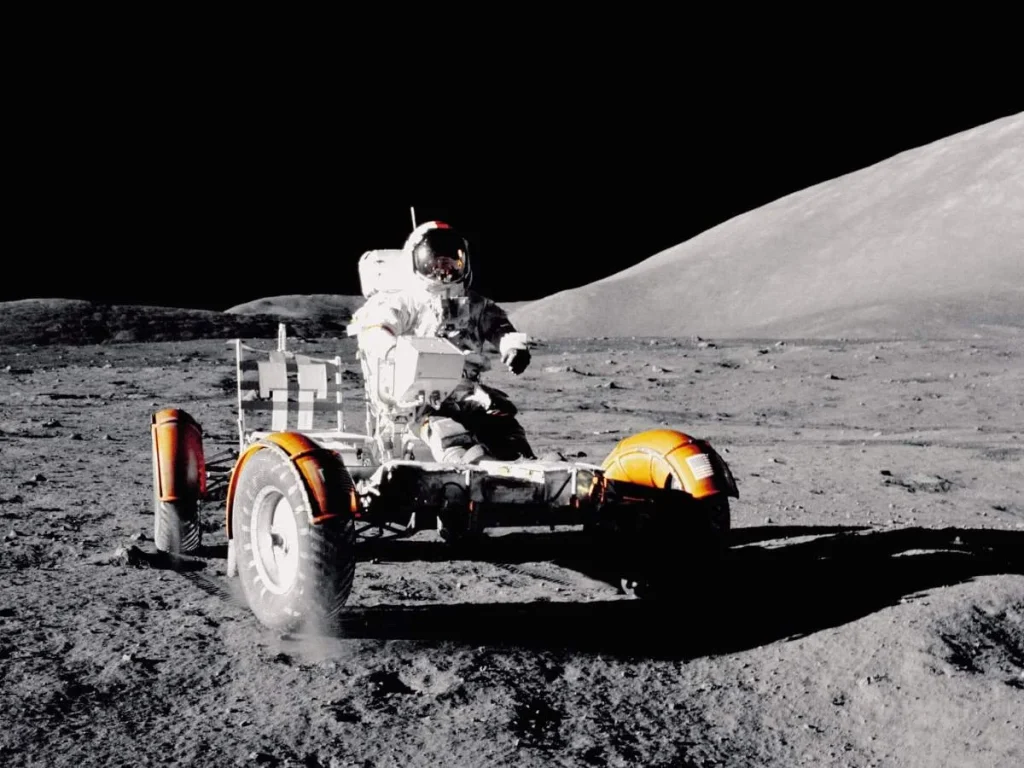
Putting Things Into Context
Travel has come a long way in the past hundred years. If you really think about it, the turn of the 1900s didn’t have many choices when it came to transportation. Cars were only recently invented, airplanes were about to get invented, and space travel was a far afterthought.
By the beginning of the 2010s, companies had already begun to look to launch civilian flights. Companies such as SpaceX and Blue Origin have led the way in this endeavor and it’s absolutely amazing to have so many of these advancements occurred in the past hundred years.
Think about it this way:
For the first 1900 years of civilization (the timeline depends on how you look at it, let’s use the usual A.D. timeline that everyone talks about), we didn’t have many forms of man-made transportation. Maybe the most man-made was the cart if you could even call that man-made, as it was drawn by horses, a natural resource.
After the invention of the car and the advent of the industrial revolution, however, everything just sped up and within a century, the human race has found its way into, space.
Early Space Travel
The first time we got to space was on October 4, 1947, when the Union of Soviet Socialist Republics launched Sputnik, the very first artificial satellite to orbit Earth. The first human in space followed soon after as Soviet cosmonaut Yuri Gargarin orbited around Earth on April 12, 1961, for a flight that lasted a total of 108 minutes.
However, moon missions were always the first goal of civilizations across the globe. They were essential motivators for the exploration of more distant worlds.
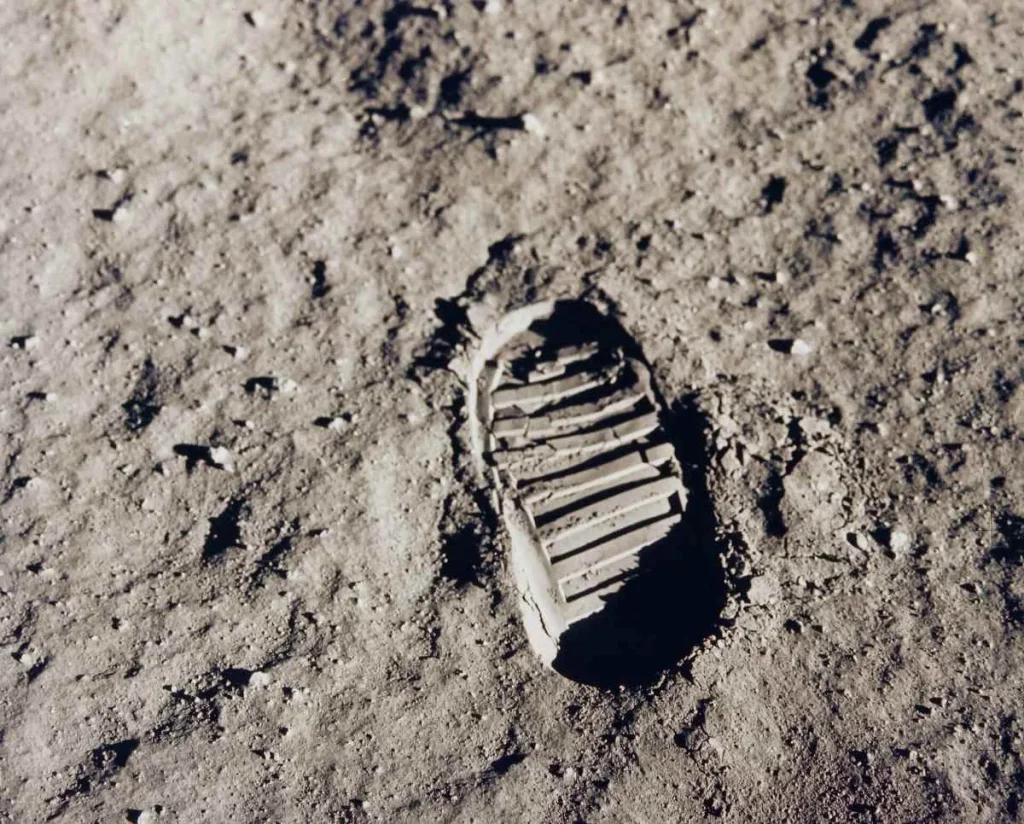
In the 1960s, NASA, the USA’s space program, accomplished this through Project Apollo, which took astronauts into orbit around the moon and to the lunar surface between 1968 and 1972. By 1969, the United States had sent the first astronauts to the Moon, with Neil Armstrong becoming the first human to set foot on its surface. One of the best things that came out of this was the sheer number of samples of rocks and lunar dust collected that scientists still use to study and learn about the moon.
Space Stations then market the next phase of space exploration. Once again, the Soviets were the first to attain this milestone as the Soviet Salyut 1 was launched in 1971. This was eventually followed by NASA’s Skylab space station, which is the first orbital laboratory in which astronauts and scientists studied Earth and the effects of space flight on the human body.
Every decade since then, mankind has made some of the most amazing advancements in space flight. The 2000s, for example, was the decade that SpaceX, perhaps one of the most century-defining companies, had been established.
What were their accomplishments? Well, we’ll be covering that in the next section
A New Era In Space Flight
Commercial flight seems to be the name of the game. NASA hopes to change the economics of space flight by increasing competition and driving down costs. How do they hope to do that? Through the privatization of the space sector, space travel looks to become cheaper and more accessible. What does this mean for us, normal folk? Well, it’s possible that within the next 30 years, private citizens will soon be able to routinely visit space and take a look at our blue, watery planet – either from space capsules, space stations, or perhaps even space hotels like the inflatable habitats Bigelow Aerospace intends to build.
But other than privatization and commercial flight, what else is the human race aiming to achieve over the next couple of decades in space exploration?
Well, with more than a dozen countries being able to launch Rockets into Earth’s orbit and a half-dozen space agencies whose spacecraft have the capability to shed the Earth’s gravity, the next goal for human space travel is clear: Mars.

Many countries are also looking to join this endeavor. The United Arab Emirates, for example, joined that list in the summer of 2020 when the unmanned Hope spacecraft launched itself towards Mars.
There’s so much to talk about in relation to man’s goal for reaching Mars but that’s a story for another time. For now, let’s stick with the privatization and commercialization of space flight.
Competing Companies
There are not a lot of private companies that can compete with the rising industry of commercial space flight. If you’re interested in space in any shape, way, or form, you’ll probably have only heard of two: SpaceX and Blue Origin.
The real conflict to watch when it comes to private commercialization is between Jeff Bezos’ Blue Origin and Elon Musk’s SpaceX. Their feud has included NASA and concerns the future of the destination of humanity in the palms of their hands.
I believe that it was in April that NASA picked SpaceX and its Starship concept to provide the very vehicle that will be used by Artemis astronauts to travel and deliver them to the surface of the moon as soon as 2024. The space agency had announced that it’s selected Elon’s rocket and satellite builder to provide the human landing system for its Artemis program, which is looking to send the first astronauts back to the moon since the end of the Apollo program.
The NASA contract was won as NASA bid $2.9 billion for the job, beating out Jeff Bezos’ Blue Origin and Alabama-based space contractor Dynetics.
This was a huge win for SpaceX – huge enough that Blue Origin actually filed a complaint against NASA in federal court. “This bid protest challenges NASA’s unlawful and improper evaluation of proposals,” Blue Origin’s lawyers wrote in its court filing. The complaint was filed in April and by July, the Government Accountability Office denied the protest and chose to uphold NASA’s selection of SpaceX for its human landing system.
Blue Origin Space Flight and Scandals
Despite losing out on the NASA bid, Blue Origin remains optimistic in its competitive advantage and its capability to provide commercialized space flight.
In fact, Blue Origin’s second crewed flight is scheduled less than two weeks from now on October 12, 2021. The company has revealed that two of the four crewmembers will be Chris Boshuizen, co-founder of Planet Labs, and Glen de Vries, vice chair for life sciences and healthcare at French software company Dassault Systemes.
What do we notice here? These are people of value. These are people who have a lot of responsibility riding on them and they have absolutely no reservations about getting on a Blue Origin Space Flight.
The flight is set to take off from Blue Origin’s Launch Site One in West Texas at 8:30 PM GMT+8 on October 12th. While the other two passengers remain a mystery, the flight will carry thousands upon thousands of postcards and flyers from Club For The Future, Blue Origin’s foundation which aims to inspire future generations to pursue careers in STEM (sciences, technology, engineering, and mathematics).
However, this doesn’t necessarily mean that Blue Origin is without criticism. The Federal Aviation Administration is actually considering concerns related to vehicle safety that were raised in an essay published by the Lioness on September 30th. The essay actually outlines 21 past and current Blue Origin employees that raised scathing indictments and concerns about the company’s culture, including allegations of sexism, suppression of dissent, disdain for sustainability, and a habit of prioritizing schedules above safety when it comes to New Shepard.
In response, the company rejected the allegations aired in the Lioness piece. “Blue Origin has no tolerance for discrimination or harassment of any kind,” a company spokesperson told Space.com through email.
The question now becomes: how is SpaceX comparing?
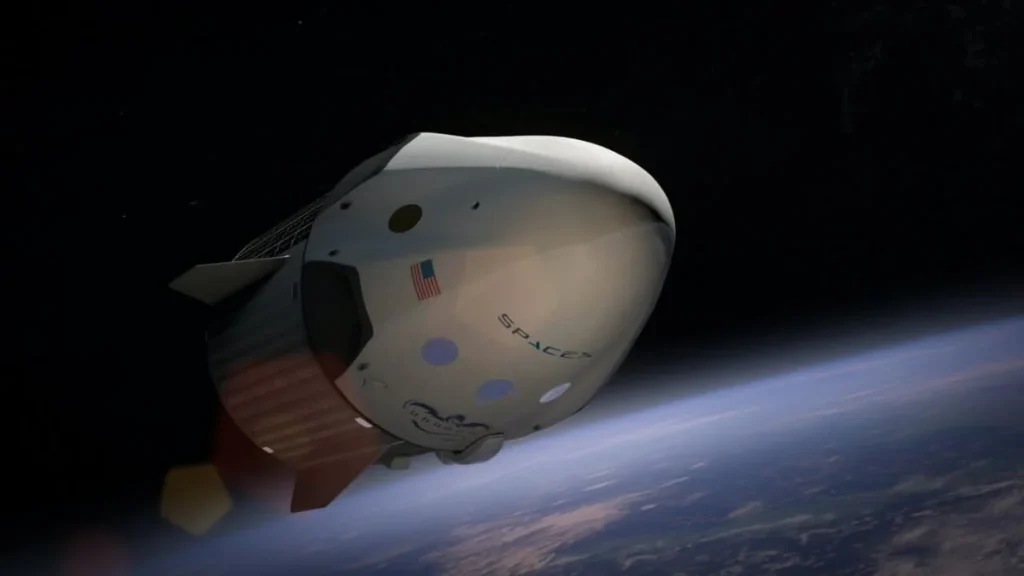
SpaceX capsules with the world’s first all-civilian orbital crew return safely
On September 18, the quartet of newly minted citizen astronauts comprising the SpaceX Inspiration4 mission safely splashed down in the Atlantic off Florida’s coast, completing a three-day flight of the first all-civilian crew ever sent into Earth orbit.
The successful launch and return of the mission was a huge milestone not only for the company but for the entire industry of commercial Astro-tourism.
Think about it this way: 60 years after the dawn of human space flight, where up until now only specially trained humans (astronauts) could take flight, we now almost regularly send everyday civilians up there. Albeit it’s still very expensive, the sheer capability to do so just shows how far the entire human race has come in terms of capability and safety.
It’s a lot like Crown Asia and its pursuit of excellence with everything home-related. The company is literally pushing boundaries and has been doing so for the past 25 years. Their homes are top-of-the-line and the houses and lots that they have for sale are perfect for families and professionals coming from all walks of life. Their condos for sale in the Philippines are also top-of-the-line, perfect for investors and residents.
What is the future of space travel?
Given all that, the question now becomes: where do we go from here? Well, we know the next couple of things for sure.
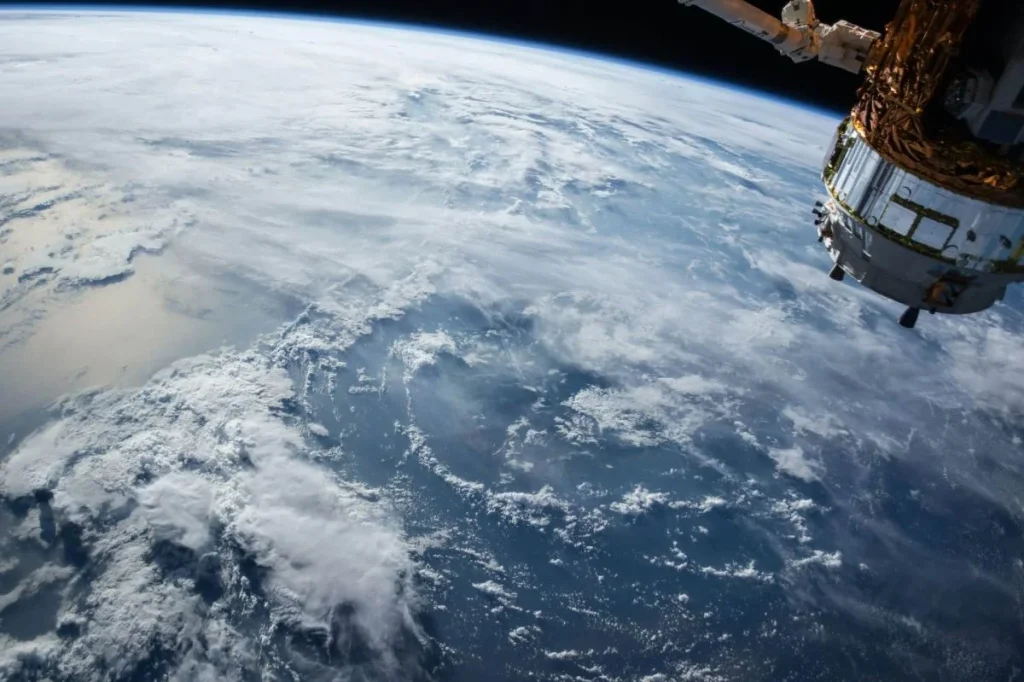
1. Commercial Flights
Commercial flights are going to be a huge hit over the next couple of decades. The commercial crew development program will definitely help speed this process along. Oh, what is that, you ask? Well, it only allows both US and international astronauts to fly to the International Space Station on privately operated vehicles.
As the space race becomes more and more privatized, the chances of us, everyday people, going up there one day will only exponentially increase.
2. The Artemis Program
The Artemis program is an ongoing crewed space flight program carried out by NASA with the goal of landing the first woman and the next man on the Moon, specifically at the lunar south pole region. The program is set to be completed by 2024 and after the Artemis program, the next step would be establishing a sustainable presence on the Moon, which will lay the foundation for private companies to not only build a lunar base and economy but also eventually send humans to Mars.
This doesn’t mean, however, that the things will be cheap. NASA had requested an additional $1.6 billion in additional funding for Artemis for 2020 alone. Imagine that.
3. SpaceX Starship
Reusable vehicles have been another thing that companies have been looking to explore. After all, reusable spacecraft are just that much more sustainable as compared to one-and-done vehicles, right? That’s where the SpaceX starship is coming into play. The concept is under development by SpaceX, as a private space flight project.
Supposedly, the SpaceX starship was designed to be a long-duration cargo- and passenger-carrying spacecraft. It’s a concept similar to an aircraft’s design, right?
Well, not really. The design will be used on orbital launches with an additional booster stage, the Super Heavy, where Starship would serve as the second stage on a two-stage-to-orbit launch vehicle.
4. Boeing Crew Flight Test
Finally, the Boeing Crew Flight Test will serve as the first crewed mission to test the Boeing Starliner crew capsule and the first crewed spacecraft launching atop the Atlas V Rocket. The launch date was set for June 2021 and will last anywhere from two weeks to six months. This means that pretty soon, Boeing might be up there with Blue Origin and SpaceX when we talk about companies that are looking to privatize space travel.
On The Future of Space Travel
The future of space travel looks bright. If you think about the sheer speed of advancements we’ve had in automated vehicular travel over the past century, it’s not too far off to say that we just might find ourselves traveling commercially through space flight by 2050.
Related Blog: Opening New Doors with Crown Asia


